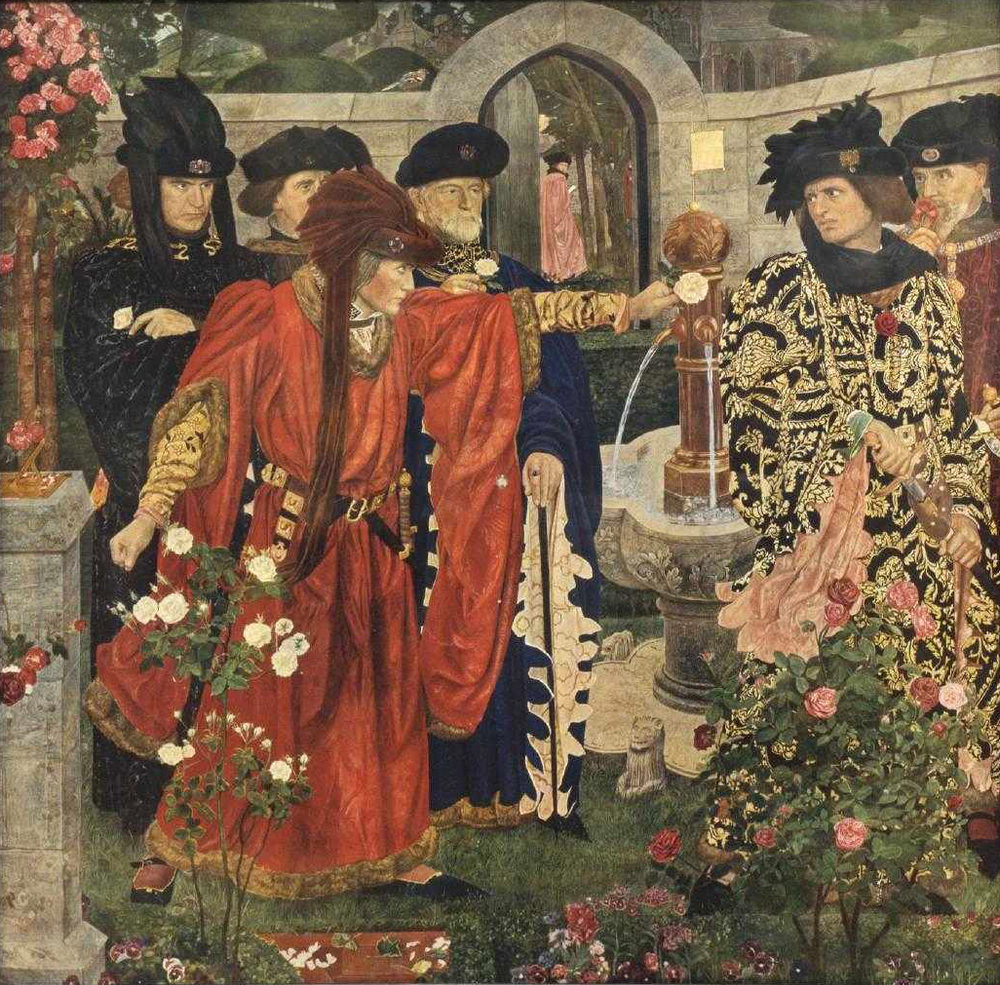
Waterford and Wine are synonymous and to celebrate Waterford Treasures Museum is focusing on wine during Heritage Week, with a guided talk/walk through the Viking Triangle in the footsteps of people who enjoyed wine through the centuries and a historic talk /wine tasting. A new exhibition in the Mayor’s Wine Vault will highlight the long tradition.
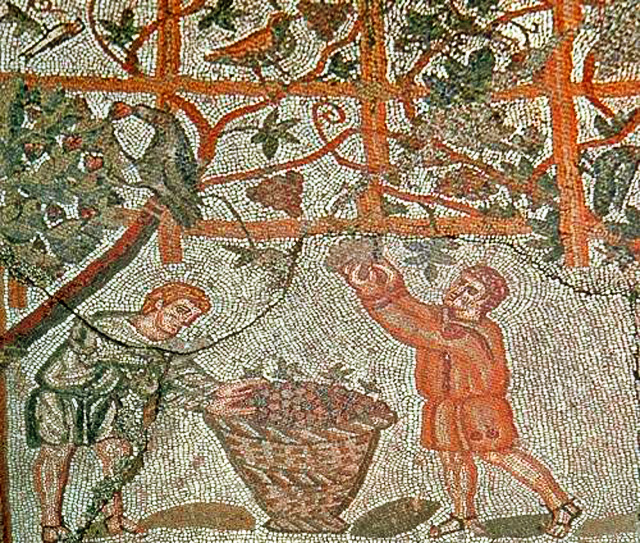
People have enjoyed drinking wine here for well over fifteen hundred years. The wine was imported from the Roman world in pottery amphorae, probably via Roman Britain. Very excitingly, pieces of such amphorae were identified recently from an excavation in 1940 of a church sitenear Kilmacleaguein County Waterford. The pieces originated in Greece and Cyprus and date to about AD480/520. As wine is needed to celebrate mass, the Christianisation of Ireland from the 400s must have increased the quantities imported.
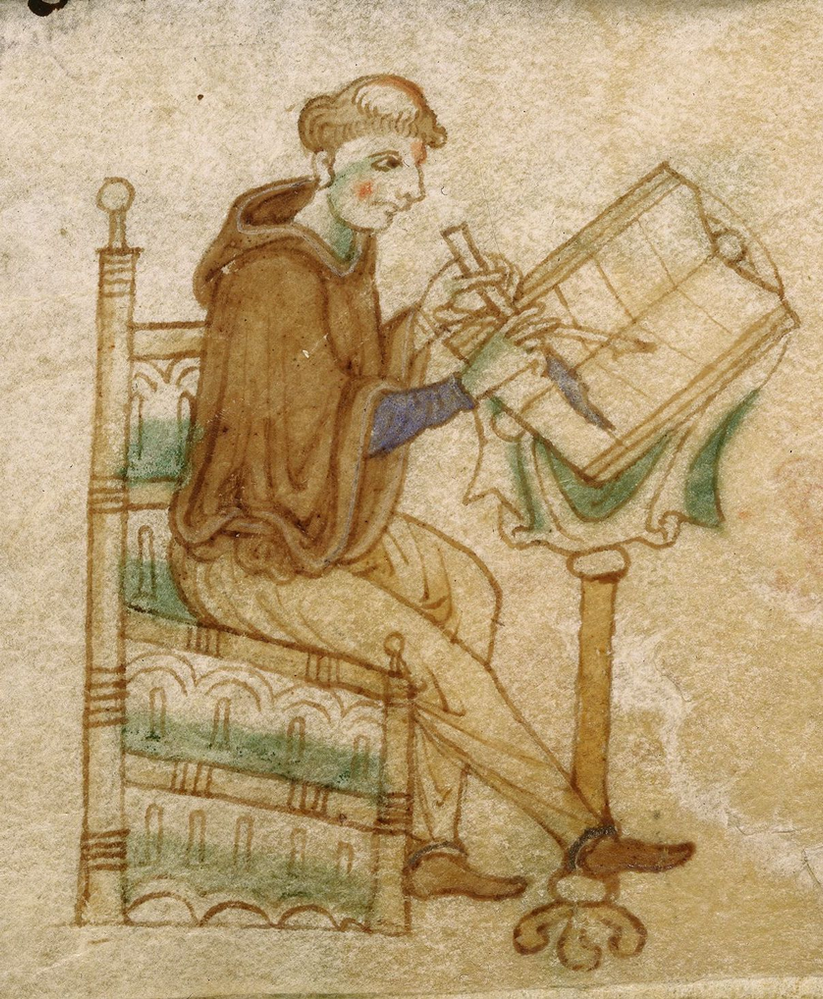
The Irish monks when writing in the Irish language about towns or trading places the word they used was ‘Bordgal’ a word derived from the name of the largest city familiar to them, the great wine-exporting city of Bordeaux in France.
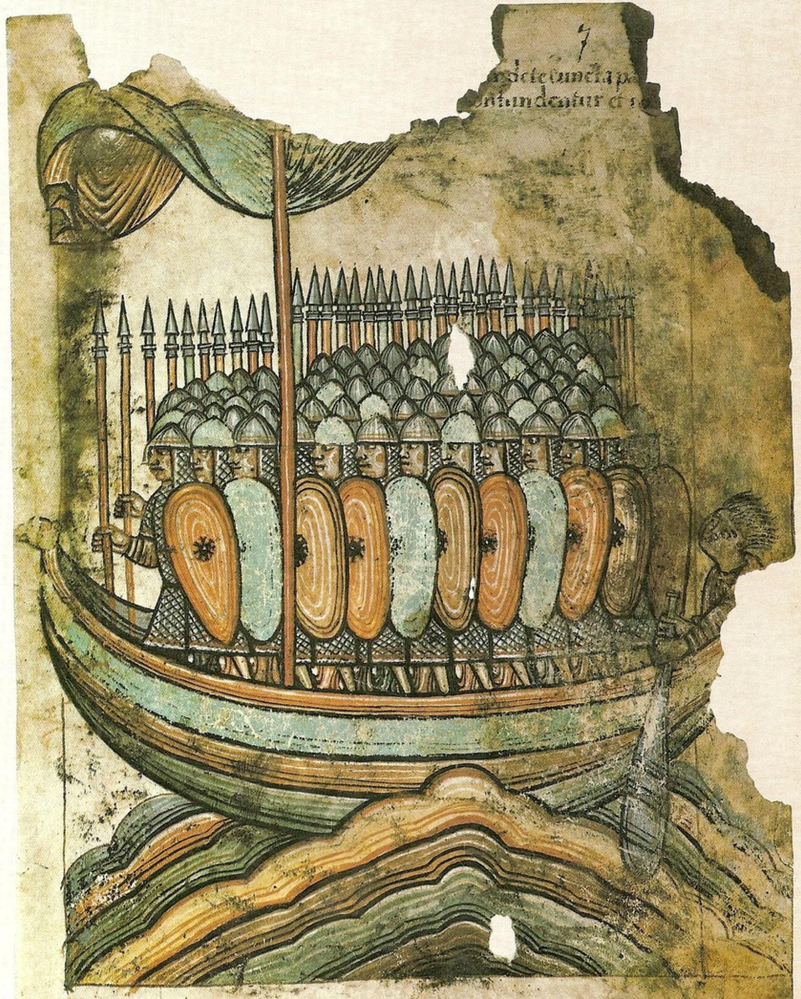
The Viking and Irish-Viking towns such as Waterford in time became importers of huge quantities of wine. In AD860 King Cerball of Ossory (County Kilkenny) had to be thrown into a river in order to sober him up enough to fight the Waterford Vikings probably near Knocktopher County Kilkenny. Around the year 1000AD, the Limerick Vikings had to pay 252 gallons of wine for every day of the year to their Irish overlord, King Brian Boru.
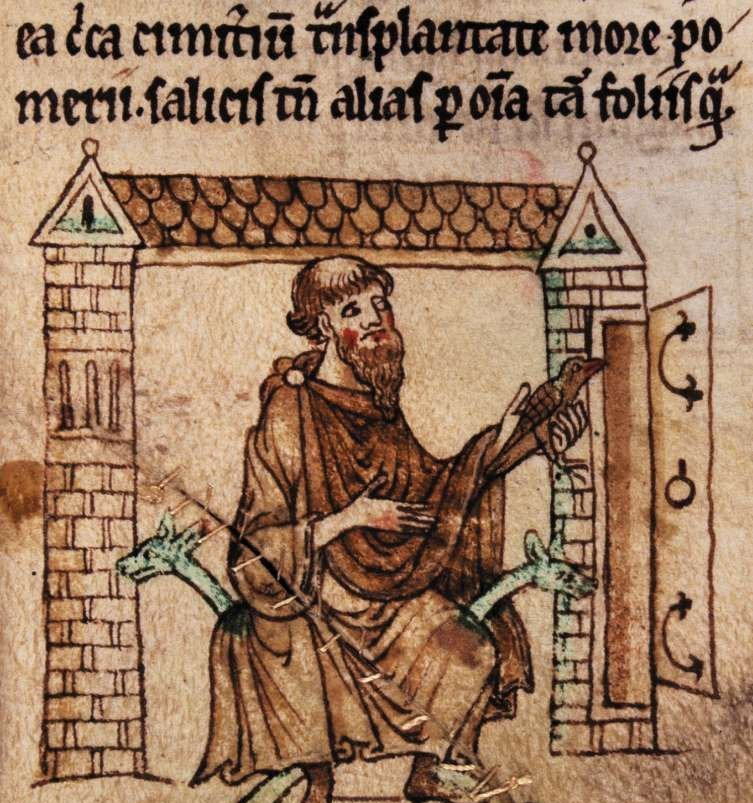
The Viking-Irish town of Waterford fell to the Anglo-Normans in 1170. Their chronicler Gerald of Wales wrote his observations – many very derogatory – about Ireland in 1185…‘rich in pastures and meadows, honey and milk and wine but not vineyards … imported wines are so abundant that you would scarcely notice that the vine was neither cultivated nor gave its fruit there. Poitou, out of its own superabundance, sends plenty of wine and Ireland is pleased to send in return the hides of animals.’
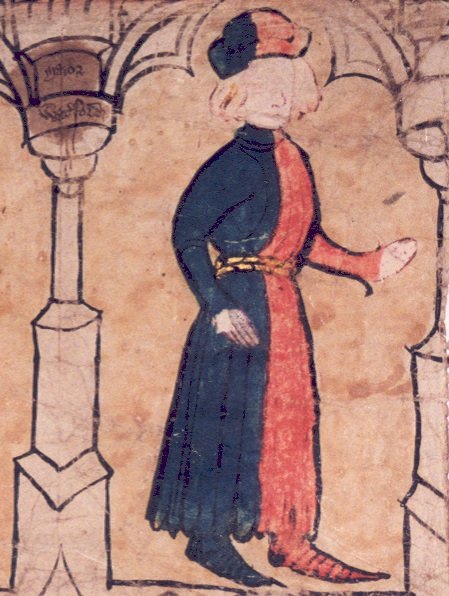
The Norman conquest of almost two thirds of Ireland dramatically increased wine imports – wine was the drink of choice for the Norman nobility and the town-based merchant class. As the closest royal port to continental Europe Waterford became the premier port in Ireland for importing wine with most of it coming from the king of England’s territories in western France. Many of the merchants who rose to the position of mayor of Waterford came from either the wine-importing ports of England or the wine-exporting ports of France and the Low Countries, for example Eymar de Godard ‘a wine merchant from Gascony’, mayor on four occasions firstly in 1304!
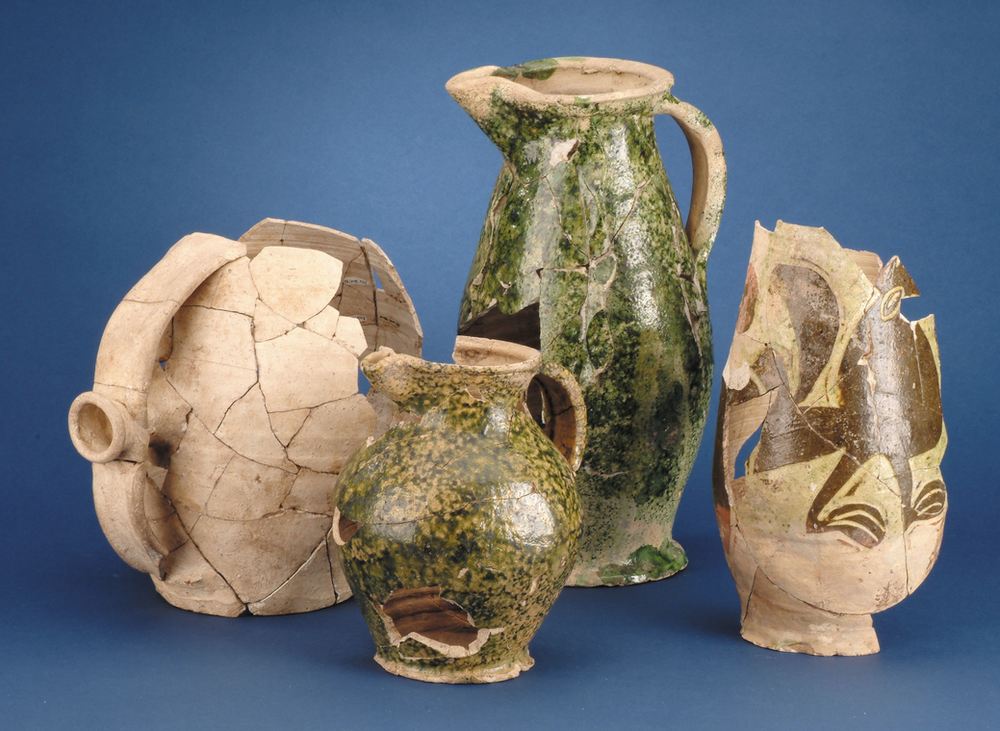
Very fine high-end 13th French wine jugs, found by archaeologists during Waterford city centre excavations, are displayed in the Medieval Museum. They were sold or traded by the merchants or sailors to the tavern-keepers and householders of Waterford. In 2010 during restoration works the stone-vaulted wine vault of the 13th century Bishop’s Palace was discovered intact beneath the 18th century Palace.
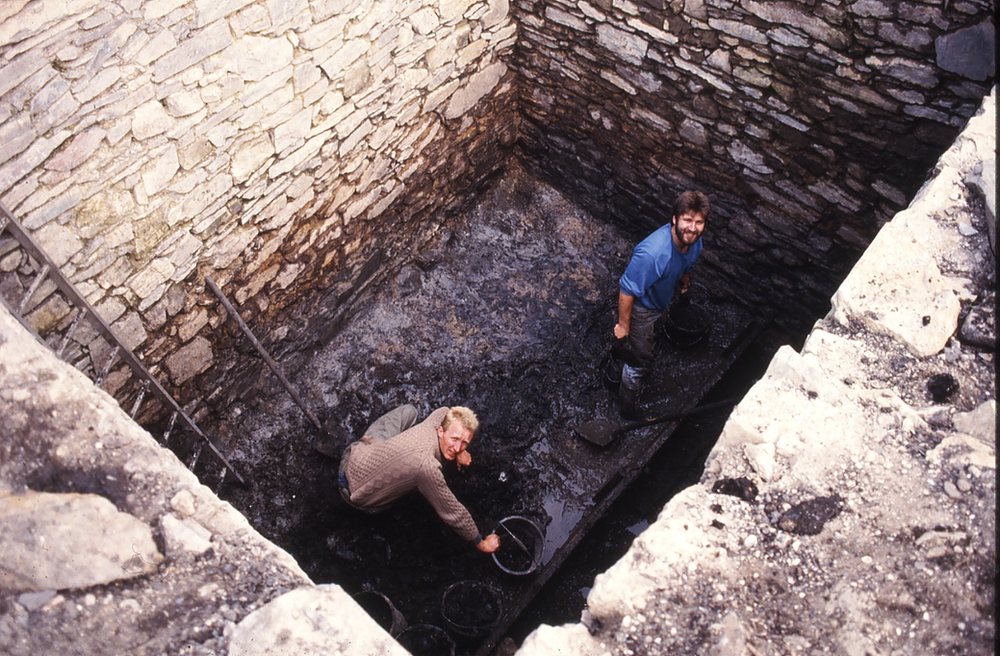
The tax on wine was a major source of revenue for King Henry III of England and in 1232 Waterford received a charter that allowed it to pay only half the tax imposed on the other royal ports. A major concession! It should be remembered that tea and coffee had not yet been introduced into Europe and water particularly in towns and cities was not safe to drink due to runoff from cess pits, slaughter houses and even graveyards. Waterford now boasted being the greatest importer of wine in Ireland.
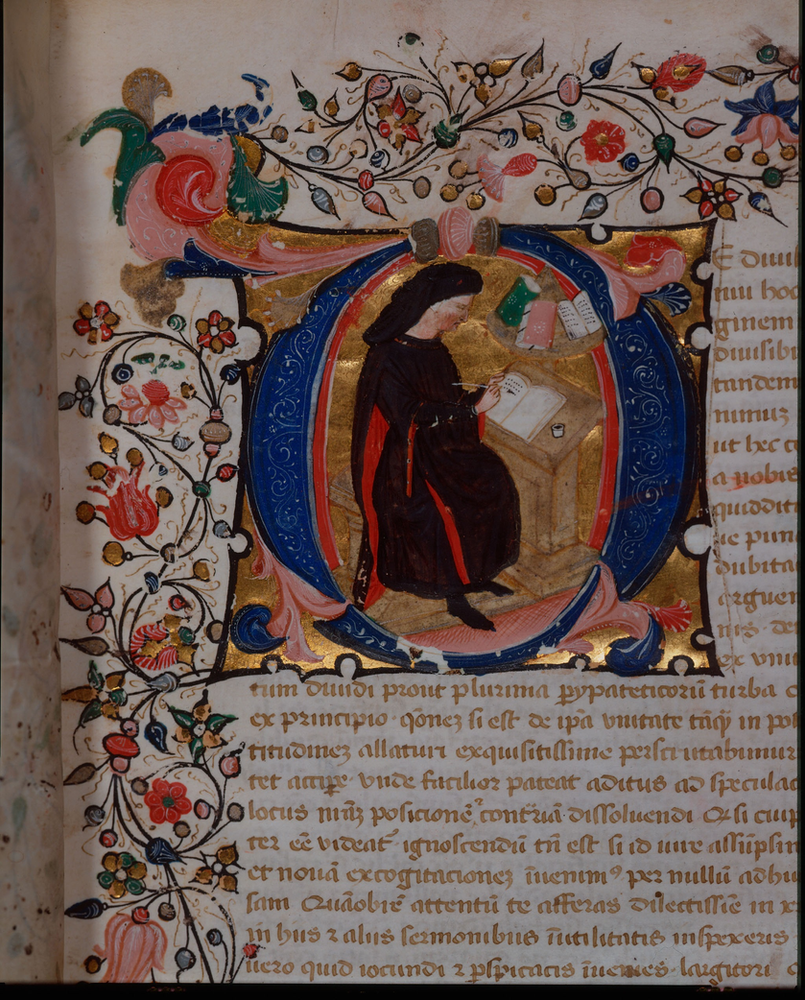
One of the most famous wine customs officials operating in early 1300s Waterford was Servais Copale originally from Huy in modern day Belgium. While in Waterford Servais in collaboration with the Dominican monk Jofroi of Waterford, produced in French, then the language of the merchant class, an edition of the ancient text the ‘Secret of Secrets’. Their edition included an additional chapter entitled ‘Of the variety of wine according to the soil and the region where the vine grows’. It also discusses the ageing of wine, the aroma, taste and the effect on the drinker. Regions mentioned are Cyprus, Provence, Gascony, Auxerre, La Rochelle, Orleans, Saint-Emilion and the Rhine.
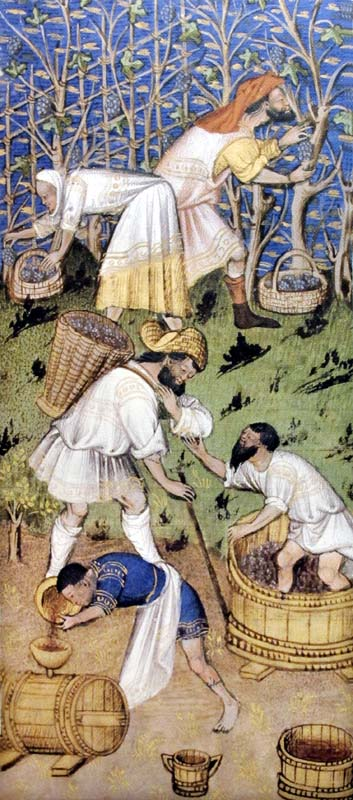
This literary collaboration between a Dominican monk and the wine merchant cum customs official is unique in the realm of medieval literature. It is testimony to the sophistication of 13th century and early 14th century Waterford. It is the only known wine guide produced in Medieval Ireland.
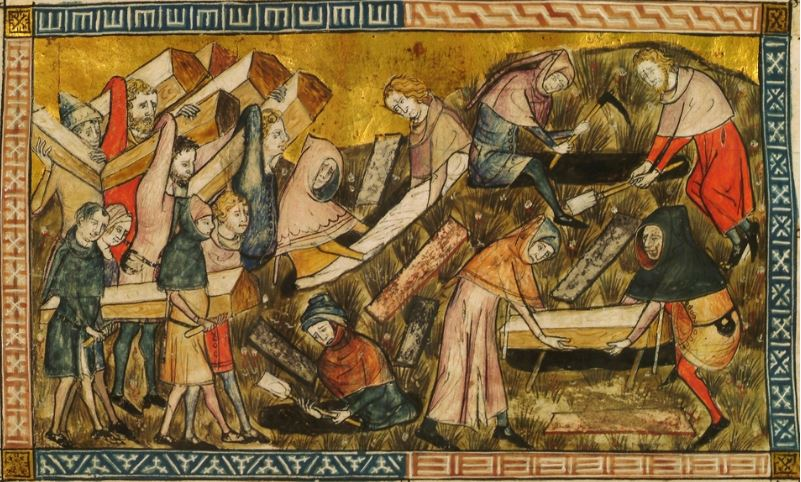
The Black Death plague in 1347-1349 resulted in a dramatic decline in population and a consequent decline in trade. The Waterford wine merchants met these challenges head on and set up agencies in English port towns to secure supplies. In 1373 to protect their threatened monopoly in Waterford Harbour on imported wine they compiled 14th century Ireland’s greatest treasure, the four metre long Great Charter Roll of Waterford and presented it to King Edward III to secure his support.
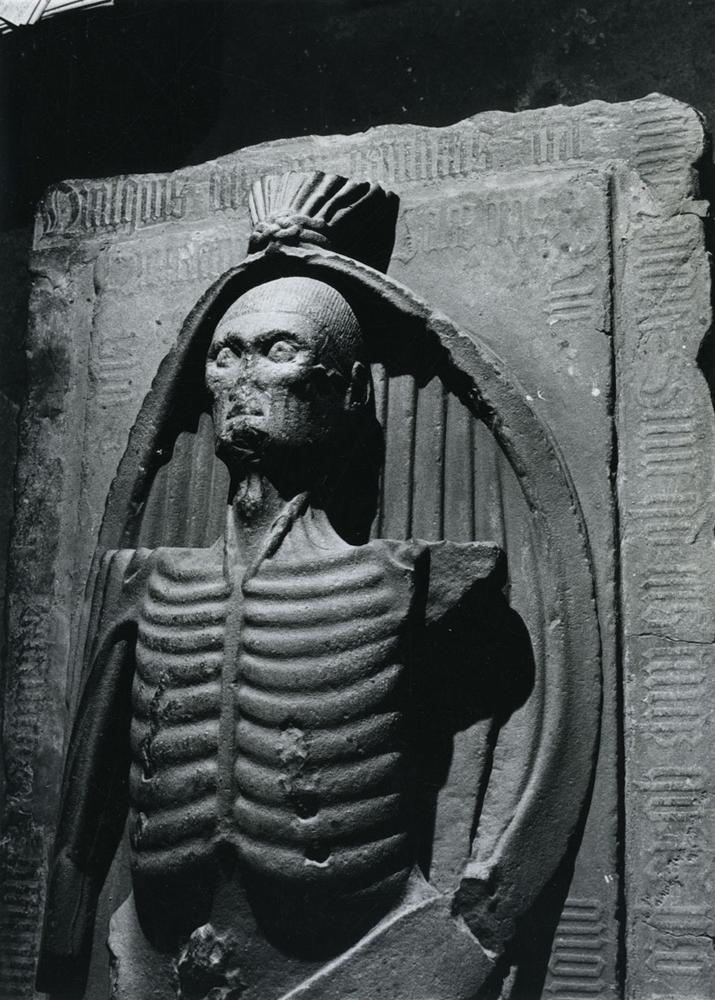
The wine vault or cellar beneath the Medieval Museum was probably built by Peter Rice, a wine merchant and three times mayor between 1426 and 1437. It passed to his son James who was eleven times mayor of the city, compiler of the Great Parchment Book and co-founder of the God People’s almshouse. He built a chantry chapel in 1481 fitting it out with the most impressive and disconcerting cadaver tomb in Ireland. He twice went on pilgrimage to the tomb of St James in Santiago de Compostela in northern Spain. He imported Spanish wine that had become increasingly popular following the loss by the kings of England of their French wine-producing territories during the Hundred Years War 1337-1453.
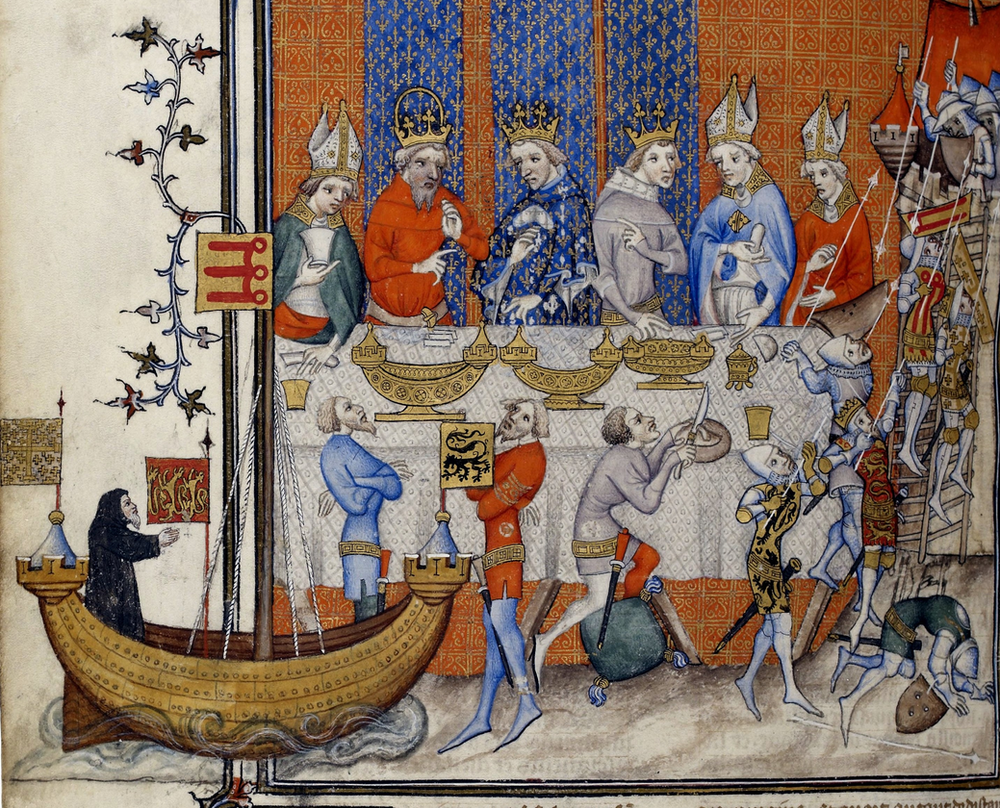
In 1468 James Rice gifted the wine vault and the rooms above to Dean Collyn. It then became the wine vault of the priests residing above, who sang Mass in the Dean’s newly-built chantry chapel. From 1520 until 1963 it functioned as the wine vault of the Deanery that stood overhead, it now houses the Irish Silver Museum. In his will the dean gifted to James Rice a silver cup made in the shape of a ship. This was very probably a table decoration, an idea made fashionable in the 13th century when the king of France commissioned such a silver-gilt ship to decorate his table and as a reminder of the near disastrous sea journey by the royal family when it was believed they were saved through the intercession of the saints. Such lavish table ornaments were symbols of good luck, a fair wind, friendship and the importance of trade, they also symbolised the ship of state and as such were symbols of leadership. The symbolism continued into modern times and the magnificent one hundred year old silver gilt ship on display in the Wine Vault, one of only three made in London by the virtuoso silversmith Omar Ramsden, is a reminder that such symbolic table decorations continue to be made into the modern period.
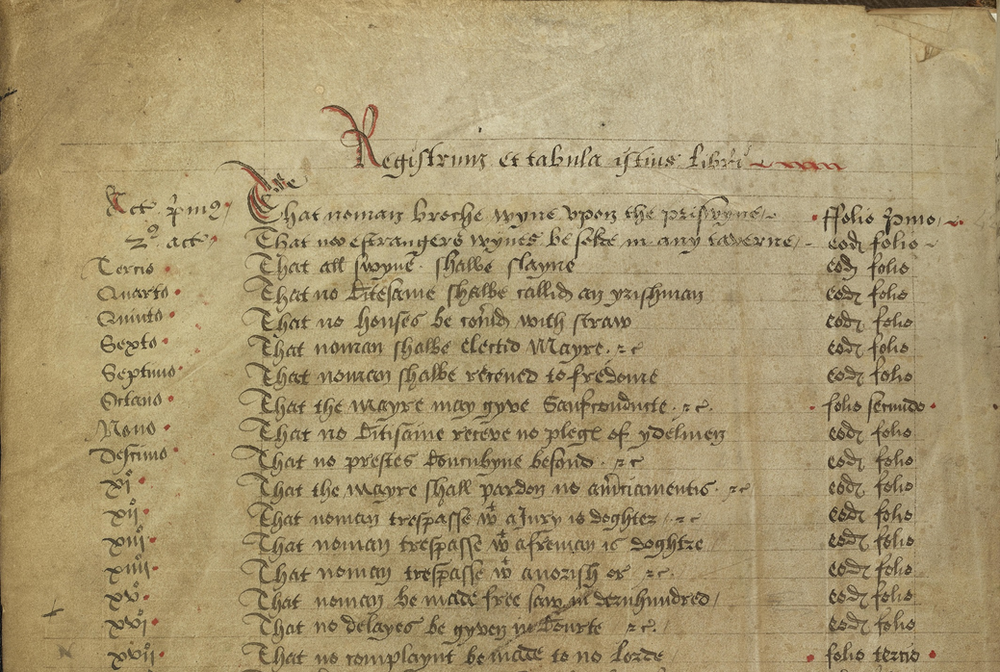
In the 1470s James Rice began compiling the Great Parchment Book – on display in the Medieval Museum – a collection of the important documents and bylaws from 1356 onwards. His successors continued his work until 1649. The importance of the wine trade to the city is highlighted by the fact that the first pieces of legislation recorded in the major subsections of the book relate to wine. The tax on wine was a major source of income for the Council whose members included the local wine merchants who held a monopoly on the import and sale of wine.
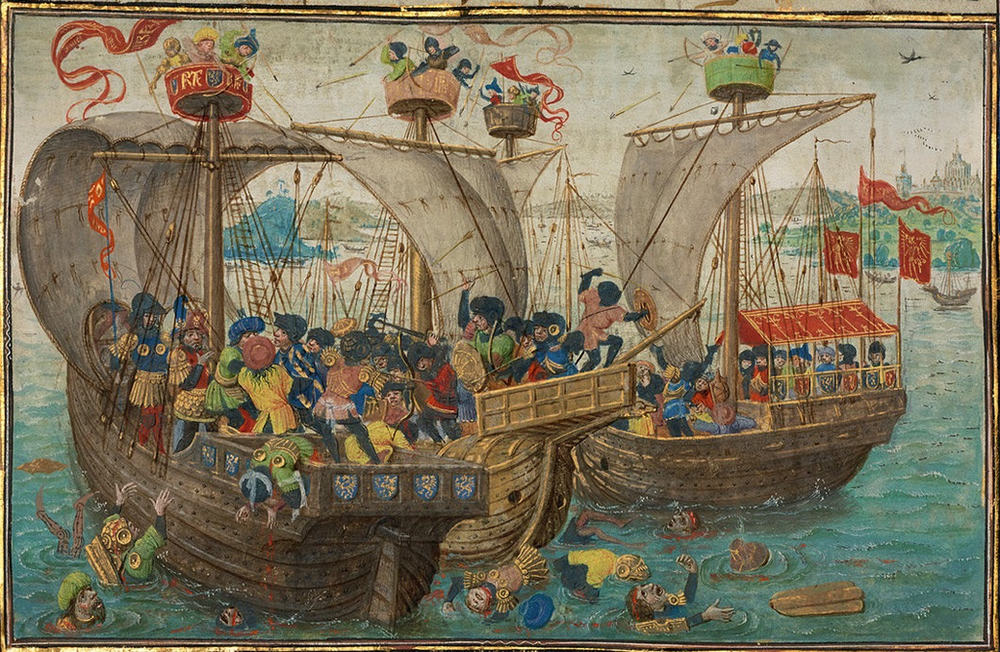
As the Anglo-Norman colony contracted in the 16th century, wine cargoes became more susceptible to pirates such as the O’Driscolls of Baltimore County Cork. In February 1538,one of four Portuguese ships laden with Spanish wine, consigned to the merchants of Waterford, was driven into Baltimore. The O’Driscolls boarded the ship and stole 72 tons of wine! In reaction 24 men of Waterford sailed in the Sunday of Waterford ship, well armed, set the prisoners free and recovered the remainder of the wine reduced to just 25 tons.
So important was the wine trade to Waterford that later in the month of March the wine merchants of Waterford fitted out a small fleet including the ‘Great galley of the city, well appointed with artillery and 400 men’. Taking their revenge they sailed for Baltimore where in a heroic assault they wreaked havoc and destroyed the great fortress of the O’Driscolls.

In 1566, a time of religious upheaval, we find legislation in the Great Parchment Book banning women from serving wine in taverns, referring to those who – ‘little weighing the fear of God’ employed‘ naughty corrupt women’ in order to sell more wine. In 1568 a compromise was reached and women could serve in a wine tavern provided that they lived in the same house as the wine tavern owner and they were not suspected of ‘playing the whore’. However by 1604 the Council banned outright women retailing wine, the reasons given as ‘first for avoiding whoredom, secondly to avoid the concealment of goods stollen, thirdly for driving away unprofitable dwellers and lasting for strengthening of the City.’
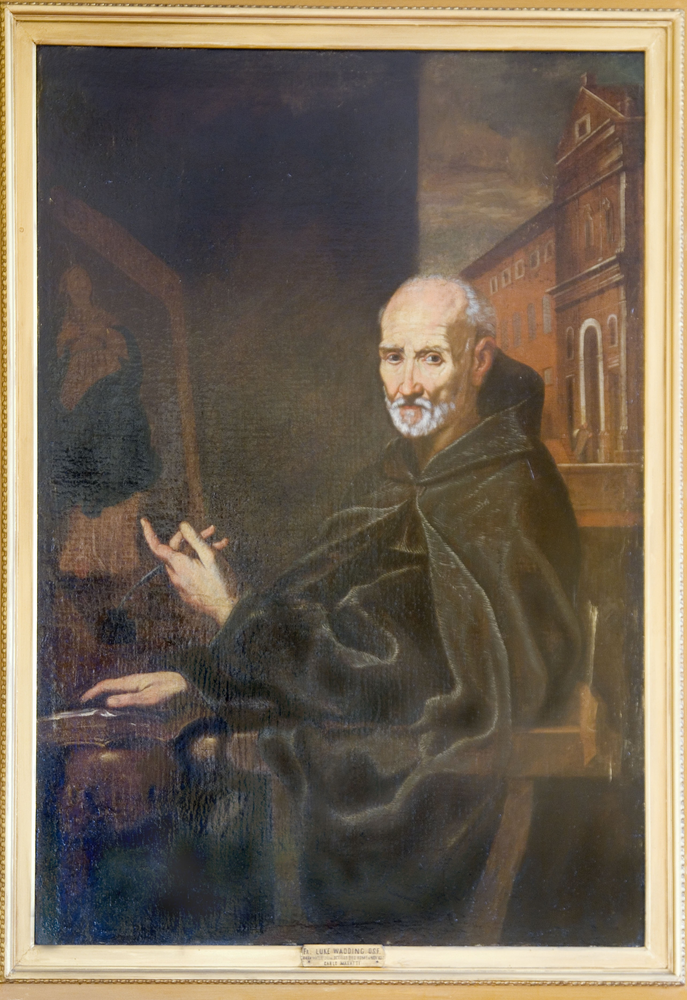
The 16th and 17th centuries witnessed wars of re-conquest and an attempt to impose the English Reformation on Ireland. Remaining loyal to the old religion the merchant families particularly those involved in the wine trade began to use the long connections made in the wine trade and sent their sons abroad to be educated for the priesthood and other professions. Irish colleges were founded in present day France, Belgium, Spain, Portugal, Italy, Poland and the Czech Republic. Luke Wadding who founded two Irish colleges in Rome and placed St Patrick’s Day in the Vatican’s official list of saints’ days left Waterford to be educated first in Coimbra in Portugal, having been taken there by his older brother a wine merchant who had married the daughter of a Portuguese wine merchant. These family connections saw Irish families flourish in the 18th century not just as wine merchants but as wine producers in France and Spain.
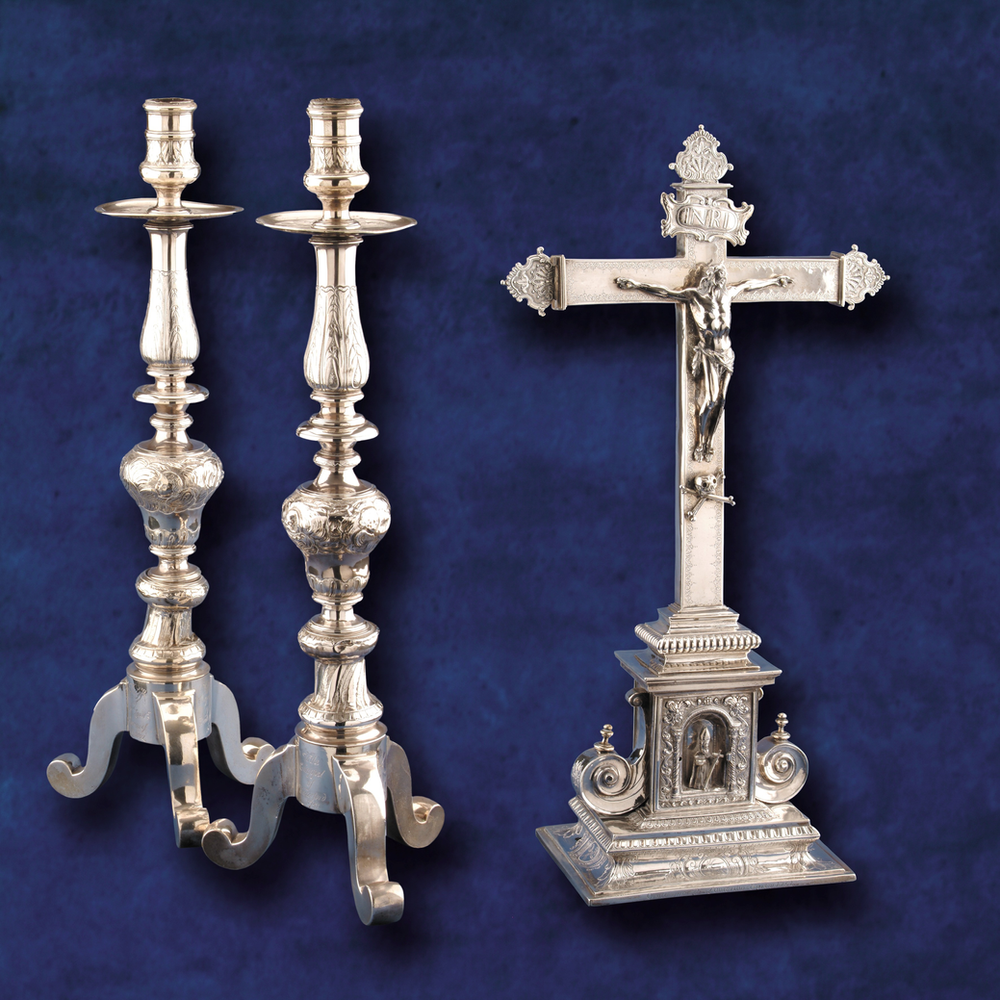
A visitor to early 17th century Ireland commenting on the popularity of Spanish wine here, said that a glass of wine was commonly known as the King of Spain’s daughter! Wine remained popular though for a time in the middle of the century the puritan Cromwellian regime tried to limit the drinking of alcohol by licensing public houses. Following the Cromwellian conquest and the confiscation of much of their property many Catholics fled Ireland to avoid religious persecution. Relying on centuries of experience and trading connections in both Spain and France they prospered. The Waterford merchant Paul White who divided his time between the port cities of Cadiz and Huelva in southern Spain gifted a spectacular monstrance and monstrance throne to the Big Chapel in Waterford in 1729, a year before his death. The wine merchant Lawrence Carew of Cadiz was wealthy enough to found a home for poor widows in Waterford and another in Cadiz. In 1751/1752 he presented a set of six large silver candlesticks and a magnificent reliquary cross to the Chapel of Waterford.
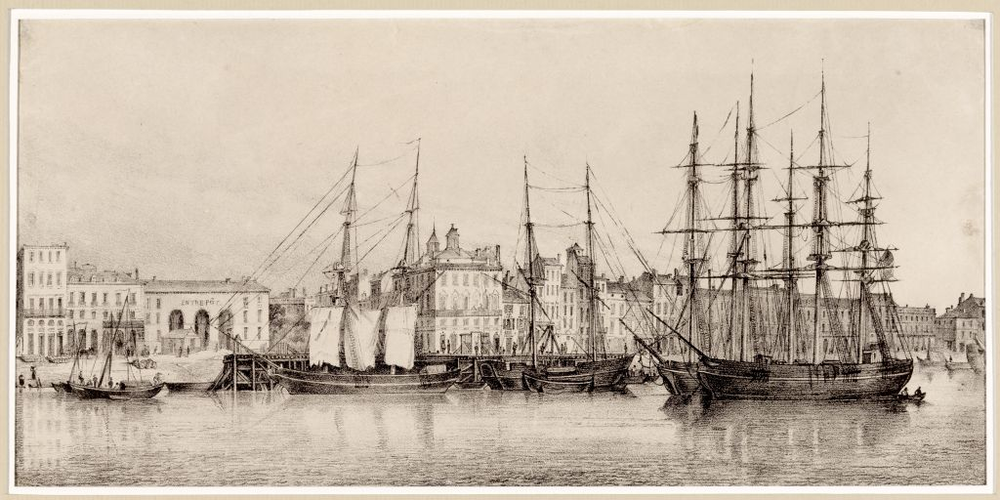
In the post-Cromwellian period to avoid persecution Catholic merchant families also moved to France. One of the most famous was Thomas Walsh a butter merchant who established himself in Bordeaux in 1685, marrying Elizabeth Lee daughter of another Waterford merchant in Bordeaux. Walsh obtained French naturalisation in 1709 and was involved in the export of wine being a much-favoured supplier of both the Irish and English aristocracy. Such was his wealth that he could purchase a country estate just outside Bordeaux.
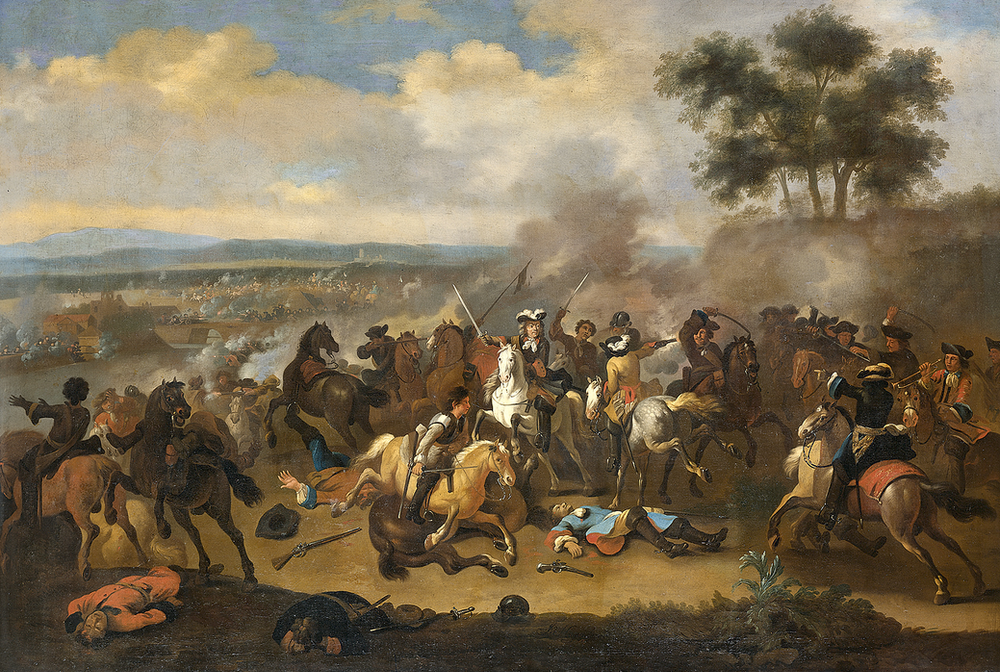
The flight of the merchant class to Europe accelerated following the defeat of the Catholic King James II by William of Orange (William III) in 1690; a Protestant ascendancy was now in control in Ireland. The Protestant Archbishop King observed that ‘Catholics being made incapable to purchase lands, have turned themselves to trade, and already engrossed almost all the trade of the kingdom’. A substantial part of the trade was wine, such that by the early 1770s the Irish colony in Bordeaux could boast of fifty to sixty wine merchants with one fifth of the members of the Bordeaux Chamber of Commerce being Irish. Thomas Jefferson the American ambassador to Paris (later President) named in 1787 the principal ‘English’ (meaning subjects of the King of England) wine merchants at Bordeaux as … ‘Gernon, Barton, Johnson, Foster, Coppinger, McCarthy and Skinner’, all Irish except Skinner.
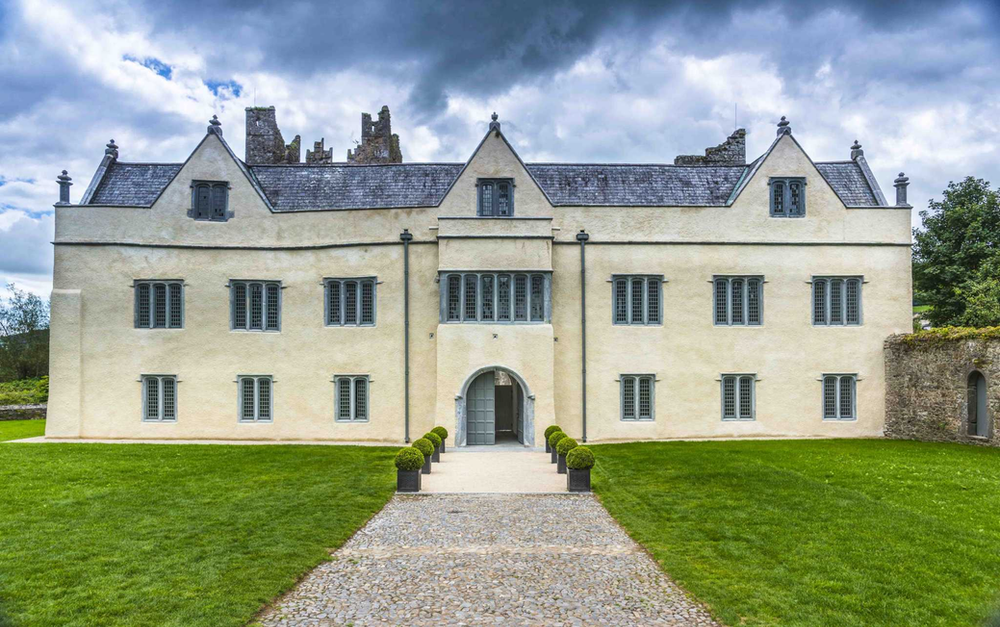
Setting up businesses abroad remained an option for Catholic merchants throughout the 18th century. In the 1740s John Gallwey from Carrick-on-Suir described as a very rich Roman Catholic was appointed agent for the Ormond estate and was provided with Carrick now Ormond Castle as a residence. With its vast cellars he decided to enter the wine trade and became the largest importer of wine in Ireland. Like many Catholics who could afford it, he sent his sons abroad for an education. One son Anthony settled in La Rochelle and the eldest John in Malaga. John inherited his father’s fortune, was intimate with Spanish nobility and married the daughter of Thomas Quilty of Malaga originally from Waterford. Thomas was admitted to the Spanish nobility as Hidalgo in 1769.
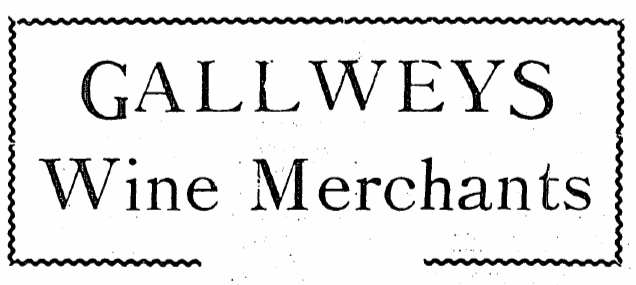
Other members of the illustrious Gallwey family were Henry, a wine merchant of Bordeaux, Gerard a wine merchant in Cork, Garret, who settled in Seville and another Henry, who founded Henry Gallwey and Company, wine merchants, in Waterford in 1835.
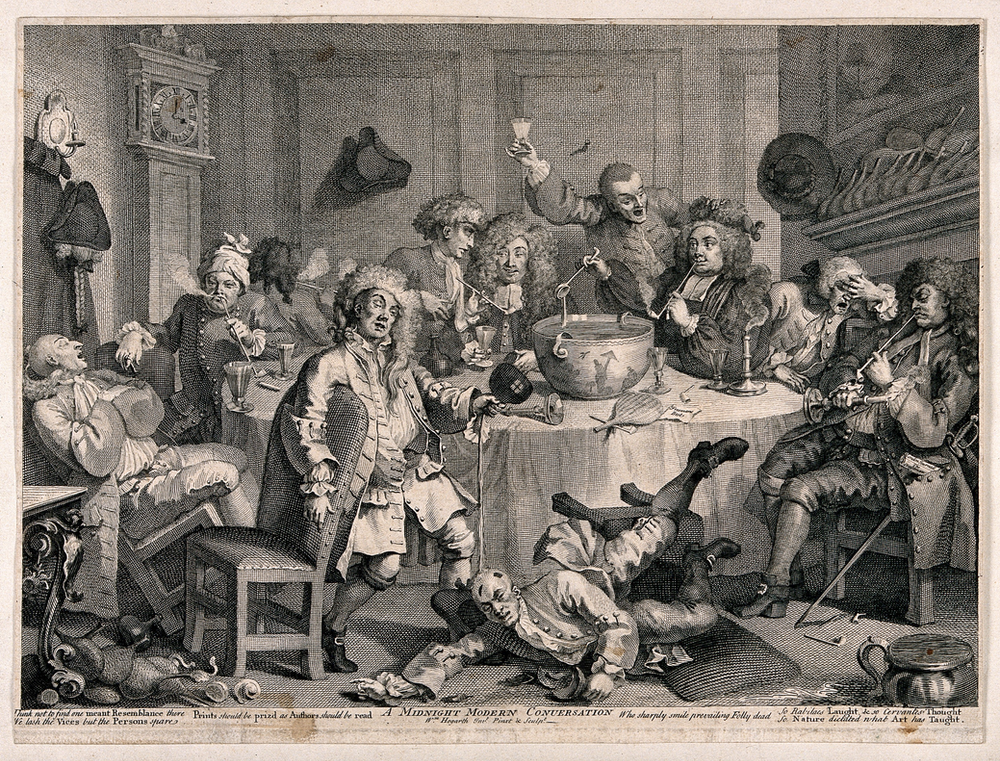
In 1745 the Lord Lieutenant or Viceroy condemned the excessive consumption of the landed class, ‘…nine gentlemen in ten in Ireland are impoverished by the great quantity of claret, which, from mistaken notions of hospitality and dignity, they think it necessary should be drunk in their houses.’ Jonathan Swift Dean of St Patrick’s in Dublin who had his supplier bottle his wine, believed Irish-bottled claret was superior to that in England. The Provost of Trinity College Dublin and builder of the Provost’s House boasted that his cellar was extremely well furnished. He enjoyed both travel and wine – on his solo ten-day journey from Madrid to Seville in the 1760s he packed ten bottles of Claret and ten of Graves.
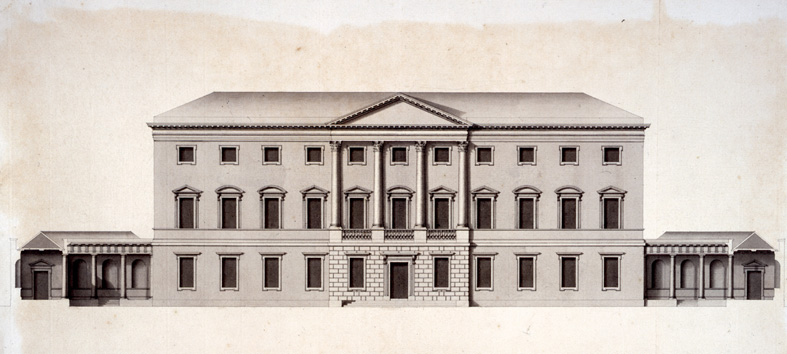
Charles Smith wrote in his history of Waterford… ‘Claret is often drunk, rather for vanity, than health or pleasure. In England there are many gentlemen of £1,000 per annum who never drink wine in their houses, which can scarce be said of any in Ireland who have even £100 per annum.’ The amount of wine imported from France to Ireland in the two decades after 1770 was double the amount imported into England, Scotland and Wales combined. Ireland was the biggest and one of the more discerning purchasers of Bordeaux wine in the world. Up until near the end of the century claret was a marker of social standing while whiskey was favoured by the masses. All substantial houses boasted wine cellars: the Bishop’s Palace Waterford and the townhouse in Dublin of the Dukes of Leinster, Leinster House, both designed by Richard Castle had substantial below ground wine cellars.
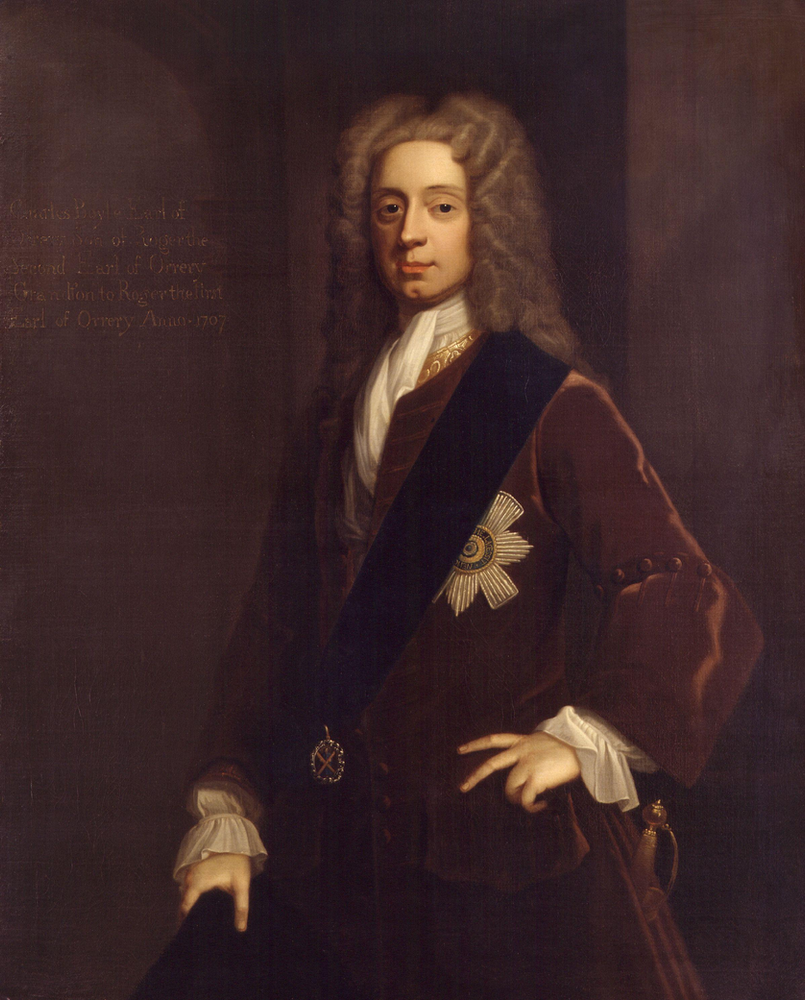
According to Lord Orrery in 1736 … ‘Drunkenness is the touchstone by which they try every man, and he that cannot or will not drink, has a mark set upon him. He is abus’d behind his back, he is hurt in his property and he is persecuted as far as the power of malice and intemperance can go.’ William Conolly, heir to his uncle’s Castletown estate was aware of the social obligation to drink: his wife Lady Anne, remarked ‘his head has not been enough settled to do anything, for drinking you know does not agree with him ‘tho he must practise a little at his coming into the country or he would not please.’ The Duke of Wharton when he was Lord Lieutenant, was often found wandering around Dublin streets at night. A successor the Duke of Rutland a great patron of the Penrose glass factory in Waterford died at the age of thirty-three from alcohol poisoning.
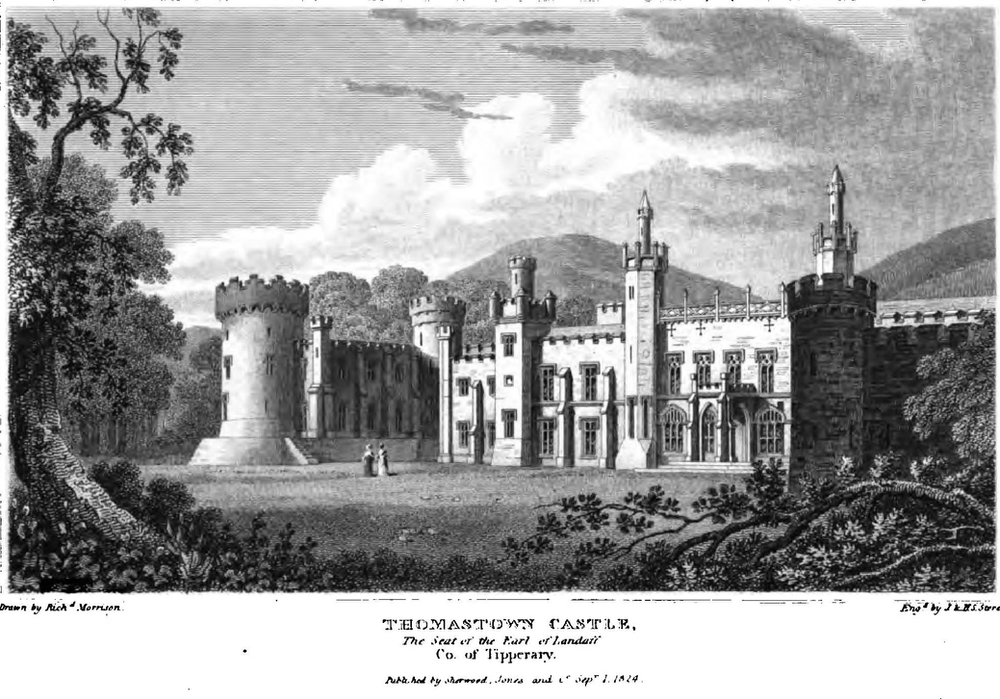
A notorious drinking establishment in Ireland was Thomastown House County Tipperary where its owner entertained guests lavishly including Jonathan Swift whom he encouraged to stay as long as he wanted. With forty apartments the house also has had a room known as the ‘Tavern’. Here guests who enjoyed drinking could ‘celebrate the midnight orgies of Bacchus’ (god of wine).
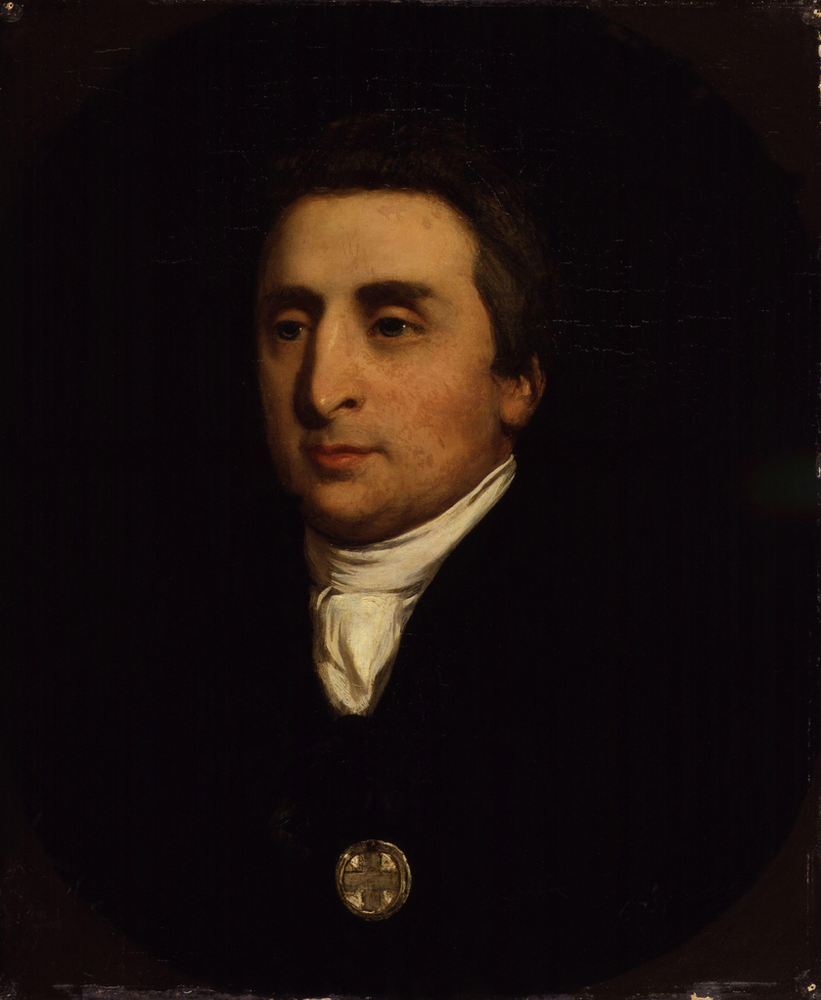
Over-indulgence in wine drinking by the ruling class seems to have abated towards the end of the 18th century. The Act of Union 1801 saw many of the landed gentry abandon Ireland for estates in England and wine now became the preserve of the middle class. The temperance movement begun in 1838 by Father Theobald Mathew helped to curb excessive consumption of alcohol among all classes. It is ironic that his birthplace was the famous Thomastown House in Tipperary where midnight drinking orgies celebrated the God Bacchus.
Today Irish drinkers of wine are regarded as among the best-informed consumers worldwide. Going on the evidence of Waterford it was always the case! Sláinte! I’ve a nice Italian bottle of wine, I took Friar Jofroi’s advice: ‘Sweet Italian wine brings joy and happiness to the heart and in short it is the paragon of wines!’


